The Tarsar Marsar trek is a photographer’s paradise that packs so much within a short span of time. The trek is located along the Lidder-Aru Valley in the Overa-Aru Wildlife Sanctuary, a peaceful region untouched by commercialization. The route traverses the foothills of the Kolahoi Peak, the highest mountain of Kashmir. This is a classic Kashmir trek that wows the traveller every step of the way. From lavish grasslands, verdant meadows and coniferous alpine forests to glacial streams, picture-perfect blue lakes and mindblowing mountain views – this remarkable trail makes you fall in love with Kashmir even more.
The Tarsar Marsar Trek is an irresistible allure in the deeper landscapes of the region. Flanked by giant mountains all along with fairytale-like natural settings at every turn, this route has some of the most beautiful campsites and ridge walks in the Kashmir Himalayas. The memorable journey through an unseen side of Kashmir’s wilderness offers a blend of natural wonders, cultural encounters, and an amazing sense of accomplishment.
This is a suitable trek for fit and well-prepared beginners while for avid trekkers, it is a well-packaged, wholesome hiking experience. Overall, the Tarsar Marsar trek in Kashmir is a gifted trail and is perfect for anyone looking for a delightful Himalayan adventure.
Tarsar Marsar Lake Trek Info/FAQ
- Original Govt. ID proof along with 3 Photocopies (Aadhaar/Passport/Driver’s License)
- 3 Passport Size photos
- Health Certificate/Medical Form attested by a doctor (We will share the format with you)
- Signed Copy of our Waiver Document (We will share the format with you)
- Trek Insurance document
Tour Plan
Locally called Patalwansar, the twin Lakes of Patalwan – Patalwansar 1 and Patalwansar 2 on the Gurez valley trek are the main attractions here.
In fact, the second and the farthest lake – Patalwansar 2 is the final summit point on this itinerary. The exhilarating hike up to the second lake takes intrepid trekkers to an altitude of approx. 12,795 feet above sea level.
Located in one of the least-travelled zones in Kashmir, very few non-locals have ever reached these lakes and witnessed their untouched natural beauty. Aside from its natural isolation, one of the main reasons for this was the long-placed restrictions imposed by the Indian Army in visiting Gurez Valley.
Now that the pristine region has been led open and with improvement in accessibility, these isolated lakes can now be finally reached with proper permissions. The Patalwan lakes are not accessible by motorable roads and can only be reached on foot, after a rewarding multi-day walking adventure.
As people ascend through the rugged terrain and overcome the challenges of the trail, a sense of anticipation builds within. The anticipation is gradually built over the first few days and is fueled by the knowledge that one is about to witness a breathtaking natural wonder.
On the fourth day of our trek itinerary, we cover the last stretch to finally reach the Patalwan Lakes. Both the crystal-clear lakes are surrounded by expansive grasslands dotted with boulders of varying sizes.
Encircled by untrammelled mountainous landscapes with splendid views, these shimmering bodies of water offer a picturesque environment that captivates the senses. The air feels light, crisp and refreshing.
The natural grandeur combined with the place’s peacefulness evokes a sense of wonder and calm. Separated by a trail distance of 2 Kms or about 1 hour trekking, the Patalwan lakes are a delightful combination of natural beauty, tranquility, and excellent photographic opportunities.
Whether it’s the reflection of scenic mountainscapes or the serenity of the water’s edge, these alpine lakes create an idyllic setting that leaves a lasting impression for all.
The grasslands of Patalwan are located on the eastern side of Dawar town in Gurez valley. The area is a haven of lush green expanses that stretch as far as the eye can see.
These grasslands on the Gurez Valley Trek are uniquely characterized by green hilly humps and small mounds that make the trail very interesting and at times challenging. The lower reaches of the area before the grasslands start are heavily forested.
The slope shows marked fluctuations with rocky outcrops and cliffs being present at many locations across the grassland.
Along with pine woods, a patch of legendary Bhoj Patra or the Himalayan Silver Birch (Betula utilis) trees also exist on the steep slopes. These birch trees have ancient historical significance as their bark has paper-like characteristics.
As mentioned in some of the legendary and mythical Indian stories of the past, the bark of these trees was once used as writing paper. The trees also indicate the gradual end of the the tree-line on this trail signaling changes in the terrain.
Nestled between towering mountains, these alpine meadows provide a vital grazing ground for local shepherds and nomadic communities who have been practicing alpine transhumance (nomadic pastoralism in high mountains) for generations.
The nomadic tribes here are a mix of Bakerwals, Gujjars and Chopans of Kashmir who mostly practice migratory grazing during the summer season.
Here, it is important to note that a symbiotic relationship exists between the nomads and these sprawling grasslands. And it is integral to the ecological balance of the region.
The grazing of livestock not only helps maintain the pastures’ health but also contribute to the dispersal of seeds, promoting the overall growth and diversity of native plant species. Moreover, the animal wastes act as natural fertilizer, enriching the soil and supporting the overall natural ecosystem.
The Patalwan Lakes trek therefore offers an excellent opportunity for visitors to experience these sprawling natural pastures while exploring and learning about the nomadic culture and lifestyle of the locals. These summertime residents of the hills offer a fascinating peek into a migratory way of living.
Despite the harsh mountainous living conditions here, the locals are simple, warm and welcoming people. Having said that, any interaction with the locals including photography must be done mindfully and should consider the principles of responsible travel.
The Line of Control (LoC) is the de facto border that separates the Indian-administered Kashmir from the Pakistani-administered Kashmir. The Gurez Valley in North Kashmir is located on the Indian side and shares a border with Pakistan.
There are some unique vantage points in Gurez valley where it is possible to get views of the other side. These points provide curious visitors a chance to peek at the mountains and the restricted terrains of Pakistan.
The Gurez Valley Trek or the Patalwan Lakes Trek comprises some of these gorgeous vantage points that offer exciting views across the LoC. As we ascend to higher elevations on this trek, you may be able to get clear glimpses of the mountain ranges and villages on the Pakistani side.
The towering peaks, deep valleys and imposing ridges on both sides of the border create a dramatic and picturesque panorama. Of course, these views will vary depending on factors such as routes taken, weather conditions and visibility.
These unforgettable views beyond the Indo-Pak border serve as a reminder of the geographical and political complexities of the region.
They offer glimpses of formidable and boundless natural elements that transcend political boundaries, showcasing the shared mountainous landscapes that have been a part of the region’s cultural and historical heritage for centuries.
One of the remarkable road trips of kashmir, the travel to the base camp for Gurez Valley Trek is as scenic as it is exciting. As we embark on this captivating journey from Srinagar, the path throws up beautiful sights all along the way. Travelling along qualint little towns and the scenic Kashmiri countryside, we arrive at the shores of the Wular lake.
Here, we take a brief pause and admire the beuaity of the lake’s views. Moving onwards we drive to the plains of Bandipora and then on we venture forward on an uphill voyage that winds through meandering roads, enchanting pine forests, and breathtaking forest glades.
As we climb up, the spectacular valley and village views on one side become better and better.
After crossing a beautiful forest clearing called Tragbal, soon the tree-line ends with the forests giving way to lush meadows before finally leading up to the Razdan Pass. The high-altitude motorable mountain pass stands at an elevation of 11,672 feet.
Crossing the pass the road climbs down, snaking its way with lots of twists and turns to the other side.
Passing through several tiny villages, few more Army camps and the picturesque Kishanganga Dam & Hydroelectricity project, the road finally arrives at Dawar, the main town of Gurez Valley and the base camp for the Gurez Valley Trek.
The high pass of Razdan serves as a vital link, connecting numerous remote and far-flung areas of Northern reaches of Kashmir valley. Once a significant part of the historic Silk route between Kashmir and Central Asia, this offbeat road retains its strategic importance in connecting Gurez with the mainland of Kashmir.
As we traverse this high-altitude passage, an impressive panorama unfolds, showcasing the surrounding mountain ranges and verdant valleys. The lofty summit also grants us unparalleled views of snow-capped peaks including the majestic and sacred Mount Harmukh peak that graces the horizon on clear days.
During winter, the pass receives heavy snowfall, rendering it inaccessible and adding to Gurez’s isolation during those months.
The region of Gurez resides in a remote and secluded corner of northern Kashmir. Adorned with beautiful charming villages that dot its landscape, this hidden gem remains an undiscovered slice of paradise.
Geographically isolated from the rest of the world and connected by only one motorable mountain pass, Gurez boasts of breathtaking natural beauty, serving as a sanctuary enveloped in serenity. Relatively quite underdeveloped, the Gurez Valley stands as the ancestral homeland and final refuge for the Dardic people within India.
In ancient times, the area was an integral part of Dardistan, situated along the historic Silk Route that connected the Kashmir Valley to Gilgit-Baltistan and further extended to the Kashgar province of China.
The local inhabitants belong to the Dard-Shin tribe, distinct from Kashmiris. The culture of Gurez is rich and distinct and is shaped by the unique blend of its geographical isolation with the influence of the Dardic people who inhabit the region.
The Dard-Shin tribe is an ethnic group with their own language, Shina. Their culture and way of life are closely connected to their ancestral roots and shared traditions, that intertwine with the people residing in the Gilgit-Baltistan region, across the Line of Control.
Attired in their unique traditional garments, they proudly uphold their customs, traditions, and cultural identity, closely resembling their kin across the Line of Control. Today, the remaining remnants of this ethnic group can be found predominantly in Gurez and its neighbouring valleys, living harmoniously alongside the Indian Army stationed in the area.
Gurez Valley, therefore is not just a visual delight but also a valuable cultural treasure trove, where the locals preserve their traditions and harmoniously coexist with the mesmerizing natural landscape.
Reviews
There are no reviews yet.
Explore
Gangabal Lake Trek
Gurez Valley Trek
Kashmir Great Lakes Trek
We believe in being socially responsible through the environment friendly travel solutions we provide to clients. We are dynamic company offering innovative & cost effective travel solutions to clients.
- © 2024 Gurez Valley Trekkers. All Rights Reserved.






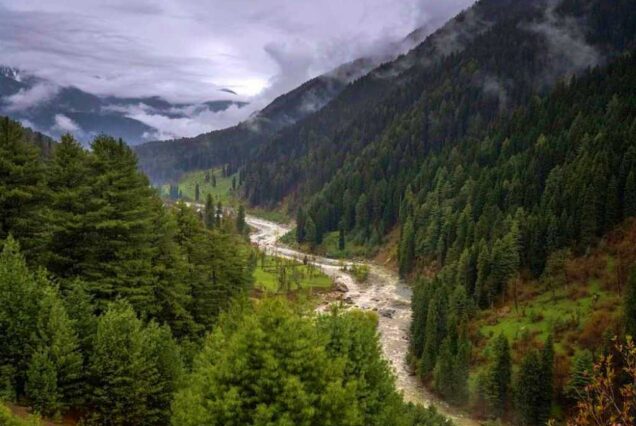

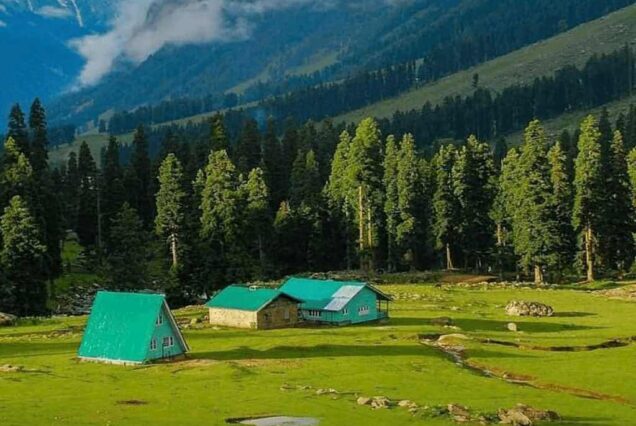
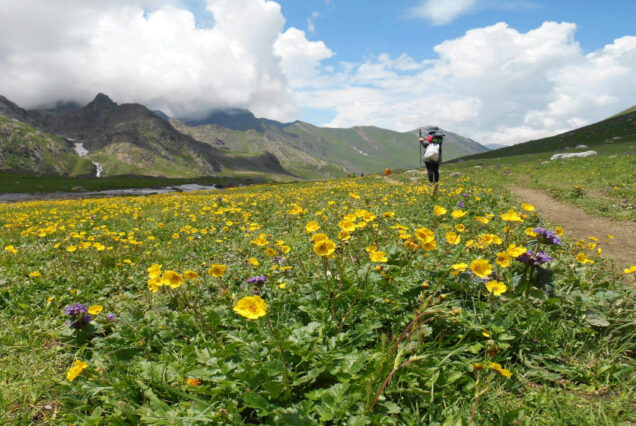
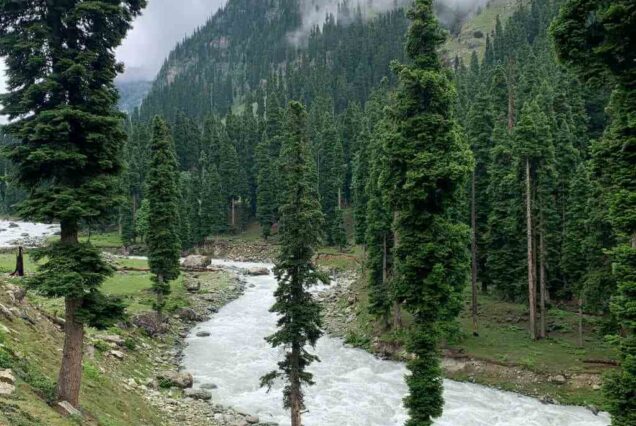
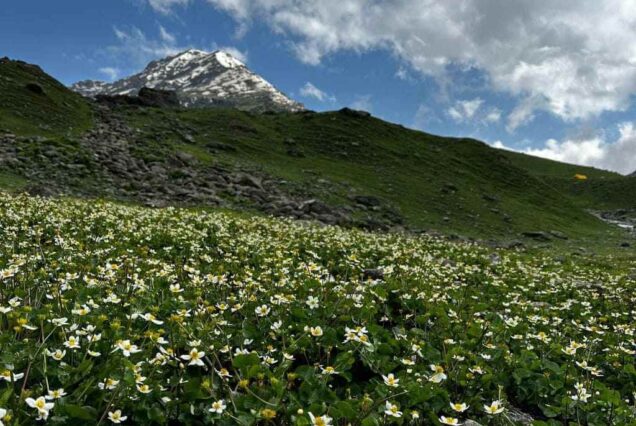
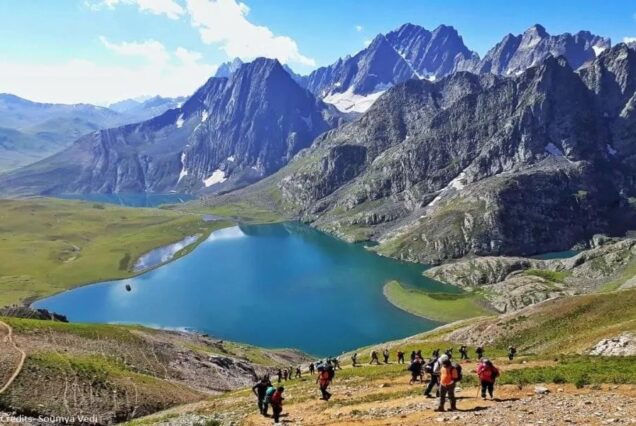
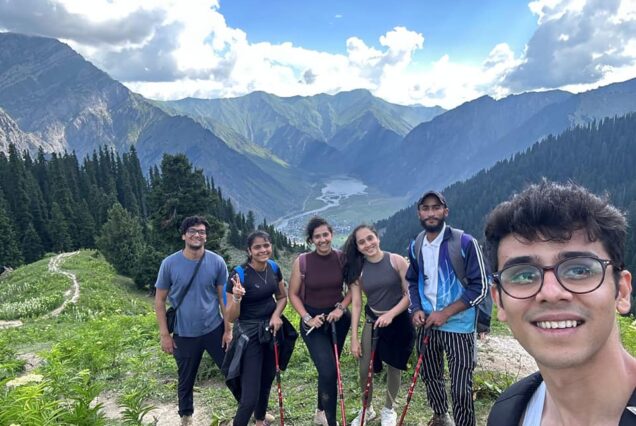


Be the first to review “Tarsar Marsar Trek”